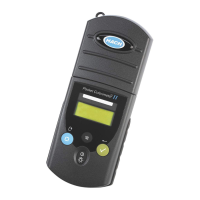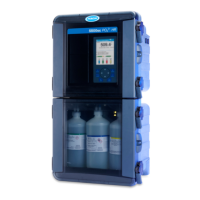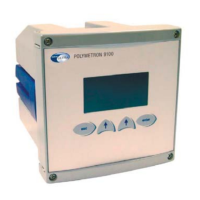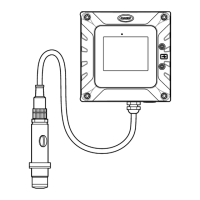1—62
Chlorine Dioxide, continued
Because chlorine dioxide is difficult and hazardous to produce, check the DPD and
Glycine Reagents by using chlorine standards. Proceed as follows:
1. Prepare a 1-mg/L free chlorine standard.
a. Obtain Free Chlorine Standards (Cat. No. 14268-10).
b. Determine the concentration of the standard from the certificate of analysis
shipped with the standard (50–75 mg/L Cl
2
). Calculate the volume of standard
needed as follows:
mL standard needed = 100
÷ standard concentration
c. Pipet the volume of standard needed into a 100-mL volumetric flask. Dilute to
the line with chlorine demand-free deionized water. Invert to mix.
2. Perform the chlorine dioxide test on the standard without adding Glycine Reagent
(step 3 of the procedures).
3. The chlorine dioxide reading should be 2.4 times greater than the chlorine
concentration. If so, this verifies that the DPD Reagent and the instrument are
working properly.

